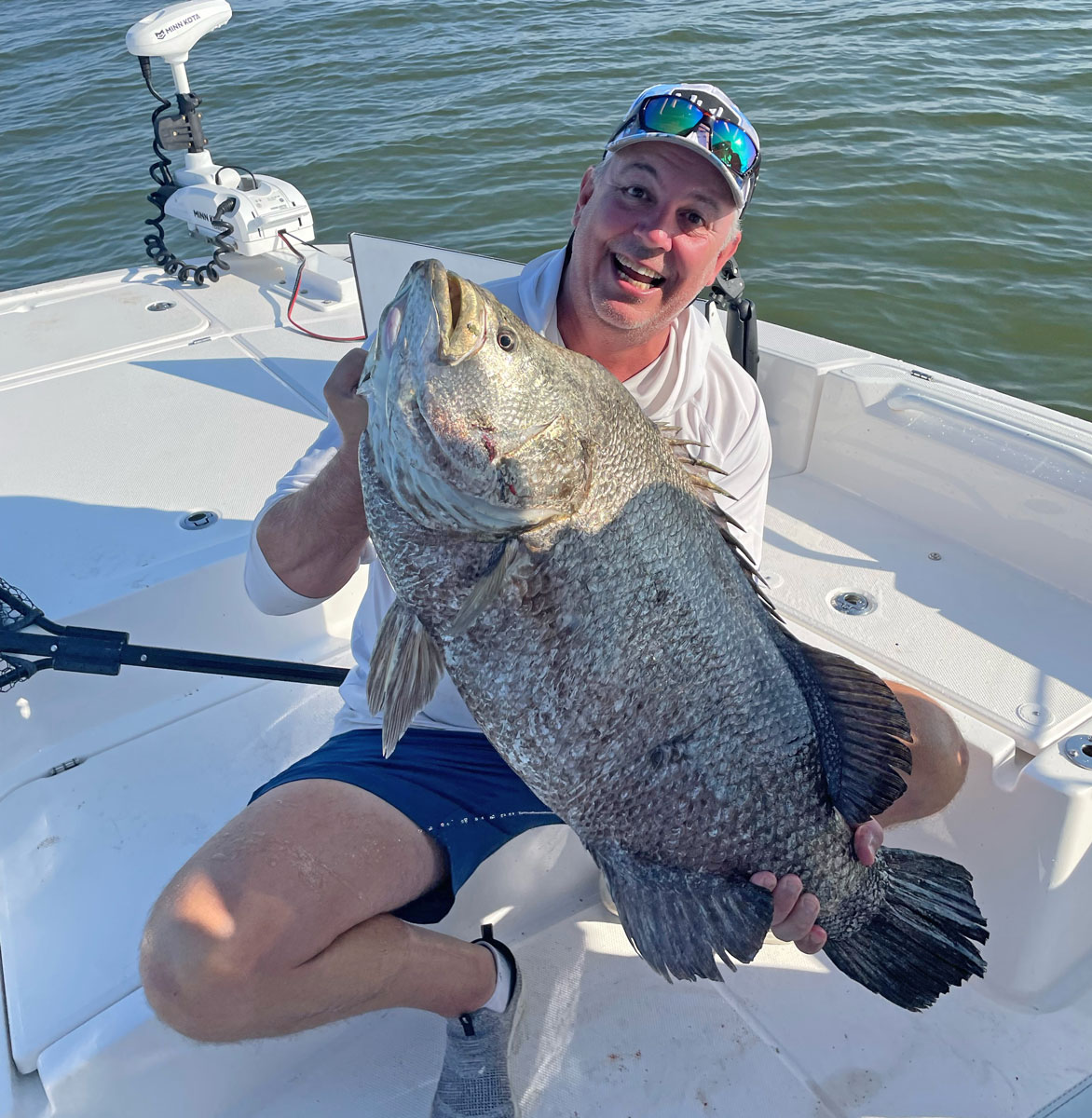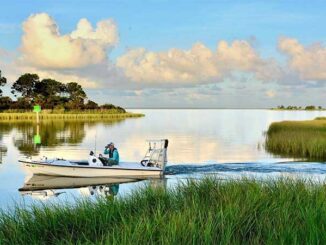
At first look, Curtis Franklin figured the big, blocky fish he was hooked up with next to a satellite rig south of Venice, roughly between South Pass and Southwest Pass, was just a big, black drum.
Franklin, from Abita Springs, was fishing with Eric Hayes, a dentist from Zachary, the morning of July 27. He had dropped a big, live shrimp down next to one of the main pilings supporting the rig, floating it 8 feet below a cork in about 22 feet of water, in hopes that it would be inhaled by a tripletail.
“We were going to some of the reefs outside South Pass to catch snapper, but we wanted to stop along the way and catch tripletail on the way out,” said Franklin, 58, who owns his own business, Franklin Fabricating Services. “We had tried this one or two times before. On the way out, we picked up about 50 live shrimp at the bait shop. We were going to stop and fish around four or five rigs to see if we could get lucky enough to pick up a few tripletail.”
First drop
And on his first drop, Franklin hooked this black drum.
“I kind of relaxed, figuring if it gets off, hey, it gets off,” he said. ‘Then, when we got it back to the boat again, we recognized it as a big tripletail — and we started panicking.”
But Franklin had the fish hooked deep, his leader was 40-pound braid on a 6000-class reel and a Daiwa Saltiga rod, and he got the fish under control, and Hayes got the landing net under one of the biggest tripletails in Louisiana history — something they didn’t realize until much later.
The fish went into the cooler and they started fishing again, catching three more tripletail in the 12- to 15-pound class and losing two more between 15 and 20 pounds; one broke the line and one straightened the hook. Then, they went on out to the snapper reefs, worked their way through some small fish and finally wound up with their limit.
“I figured the tripletail weighed about 30 pounds, and when we got back to Cypress Cove (Marina) about 2:30 that afternoon, I went into the marina, weighed it, and it was 32-14. I sent some pix to a couple of friends, and they told me the fish was No. 7 or No. 8 all-time.
“Dr. Hayes was adamant that I get it weighed on certified scales, so I called (Louisiana Department of Wildlife and Fisheries), and I was already in Belle Chasse on the way home when he called us back. I called the biologist — he was at the hatchery in Lacombe — and he told me to go to Mandeville Seafood; he knew they had certified scales there.”
Getting it weighed
The certified scales showed the 38-inch-long fish to weigh 33.8 pounds — No. 6 all-time among tripletail, according to records kept by the Louisiana Outdoor Writers Association. Franklin took the fish to the biologist the next day and left him the head so the ooliths could be pulled from the ears and the fish aged. He filled out all the appropriate paperwork and sent it to LOWA.
“I guess that little extra weight and I jumped a couple more guys,” said Franklin, whose fish was .05 pounds heavier than two fish tied for the No. 6 spot, well behind the 39.5-pound state record caught in 1959 by Mrs. Jimmy Toups.
“We were probably a little undermined out there for fish that big,” Franklin said. “We thought we’d be catching 8- or 10- or 12-pound fish. That’s why those 15- or 20-pound fish got off.”
